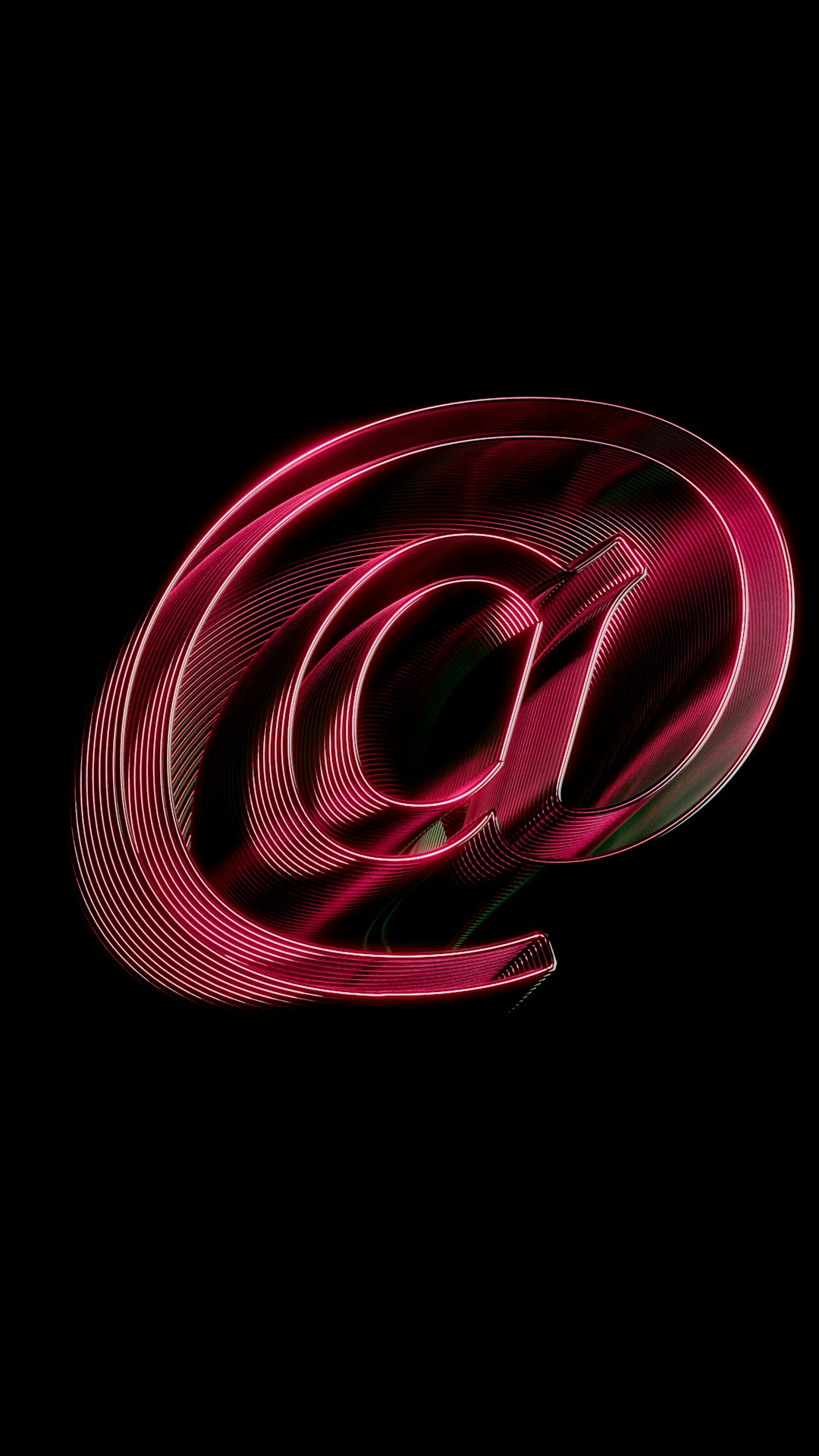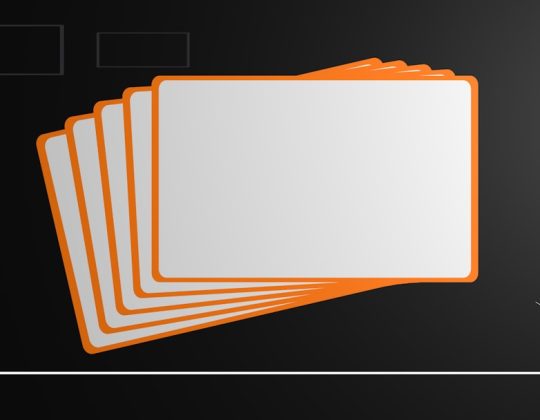If you’ve ever opened Task Manager on your Windows computer and spotted a process called mDNSResponder.exe running in the background, you may have wondered what it is. Is this a vital system file? Is it safe? Or could it be a malicious program pretending to be legitimate? In today’s landscape of ever-increasing cybersecurity threats, it’s important to understand what processes are doing on your machine. This guide offers a thorough explanation of mDNSResponder.exe, helping you decide whether it’s something to keep—or remove.
What Is mDNSResponder.exe?
The executable mDNSResponder.exe is associated with a service known as Bonjour, which is Apple’s implementation of zero-configuration networking (zeroconf). Bonjour allows devices to discover each other on a local network without the need to enter IP addresses or configure DNS servers.
This service is most commonly bundled with Apple’s software like iTunes or iCloud. However, it’s also used by third-party applications such as Adobe Creative Suite and some printer software to enable network connectivity and device discovery.
On systems where Bonjour is installed, mDNSResponder.exe is the background process that handles multicast DNS (mDNS) tasks, ensuring that your system can communicate with other Bonjour-enabled devices and services over the local network.

Legitimate Uses of mDNSResponder
If you’re using any of the following software or services, you likely have mDNSResponder.exe on your computer for legitimate reasons:
- iTunes or iCloud: Bonjour helps to find and communicate with Apple devices and related services on the network.
- Adobe Creative Cloud: Uses Bonjour for updating and collaborative features.
- Network Printers and Scanners: Many support Bonjour for automatic detection.
- Home automation systems: Some smart home devices use Bonjour for network discovery.
In all these situations, mDNSResponder is acting exactly as intended and poses no threat.
Is mDNSResponder Safe?
The short answer is yes, in most cases. The legitimate version of mDNSResponder.exe is not malware—it is a trusted background process provided by Apple. However, just like many other legitimate processes (e.g., svchost.exe or explorer.exe), cybercriminals can create malware that mimics this process in order to avoid detection.
How to Check if It’s the Legitimate File
To be certain that mDNSResponder on your system is legitimate, follow these steps:
- Open Task Manager: Right-click the taskbar and select “Task Manager.”
- Find mDNSResponder.exe: Go to the “Details” or “Processes” tab and look for the process.
- Right-click and open file location: The legitimate file is usually located in:
C:\Program Files\Bonjour\mDNSResponder.exe
If the location is somewhere suspicious like C:\Windows\Temp\ or a random user folder, it’s a red flag and may indicate malware.
Verify the Digital Signature
Another method to confirm legitimacy is to check the file’s digital signature:
- Right-click the mDNSResponder.exe file.
- Select “Properties.”
- Go to the “Digital Signatures” tab.
- Make sure the signer is Apple Inc.
If no signature exists, or it’s signed by an unknown publisher, this could be cause for concern.
When Could It Be Malware?
While it’s uncommon, some malware programs disguise themselves using names of legitimate processes like mDNSResponder.exe in order to evade detection. These malicious variants might burden your system’s resources, cause strange behavior, or serve as entry points for hacker access.
Signs that your system might be compromised include:
- Unusual network activity when idle
- High CPU or memory usage from mDNSResponder.exe
- Unfamiliar pop-ups or applications launching on their own
- Reappearance after deletion without reinstalling Apple software
If you suspect malware, it’s strongly recommended to run a complete system scan using reliable antivirus tools such as Windows Defender, Malwarebytes, or Bitdefender.

Can You Disable or Remove mDNSResponder.exe?
You can disable or remove Bonjour and its mDNSResponder component, but whether you should depends on your usage. Disabling it might break other functionality, especially with Apple or Adobe products.
How to Uninstall Bonjour on Windows
If you’ve determined that Bonjour is not needed for your current applications or devices, you can safely remove it:
- Go to “Control Panel.”
- Select “Programs and Features.”
- Look for Bonjour in the list.
- Select it and click “Uninstall.”
Once removed, restart your system. Most users will not notice any issues unless they use specific Apple or shared network services. If you later reinstall iTunes or similar software, Bonjour may come back automatically.
Using Command Line to Remove mDNSResponder
For advanced users, you can remove it via the Command Prompt:
sc stop "Bonjour Service" sc delete "Bonjour Service"
Be sure to back up your system or create a restore point before making any changes via command line, as this can affect network functionality.
Alternatives to Bonjour
If Bonjour is causing problems but you still need network discovery, consider the following alternatives:
- Windows Network Discovery: Built-in to Windows, suitable for home and small business usage.
- Third-party network management tools: Programs like Advanced IP Scanner offer LAN scanning features without needing mDNSResponder.
- Manual Network Configuration: For advanced setups, you can configure devices using IP addresses and standard DNS servers, though this adds complexity.
Best Practices for Safe Computing
Regardless of the legitimacy of mDNSResponder.exe, maintaining proper system hygiene is always a good idea. Here are a few best practices:
- Keep your operating system and software updated.
- Use reputable antivirus and antimalware software.
- Regularly scan your system for unusual behavior or files.
- Monitor Task Manager for unfamiliar processes.
By following these steps, you’re less likely to fall victim to malware disguised as legitimate software.
Conclusion: Safe or Malware?
In conclusion, mDNSResponder.exe is generally safe and part of Apple’s Bonjour Service, used by popular applications for network discovery. If found in its correct location, digitally signed by Apple, and not monopolizing your system resources, it is most likely not malicious.
However, if you experience suspicious behavior or find the file in an unexpected location, it’s worth investigating further—and possibly removing. Ultimately, knowing what software is running and why puts you in control of your own cybersecurity.
Stay vigilant, stay informed, and your system will stay secure.






![[Solved] Logitech Webcam Not Working [Solved] Logitech Webcam Not Working](https://www.digitalways.org/wp-content/uploads/2025/04/white-usb-cable-plugged-in-white-electric-socket-workflow-automation-apps-connection-ai-assistant-540x420.jpg)
